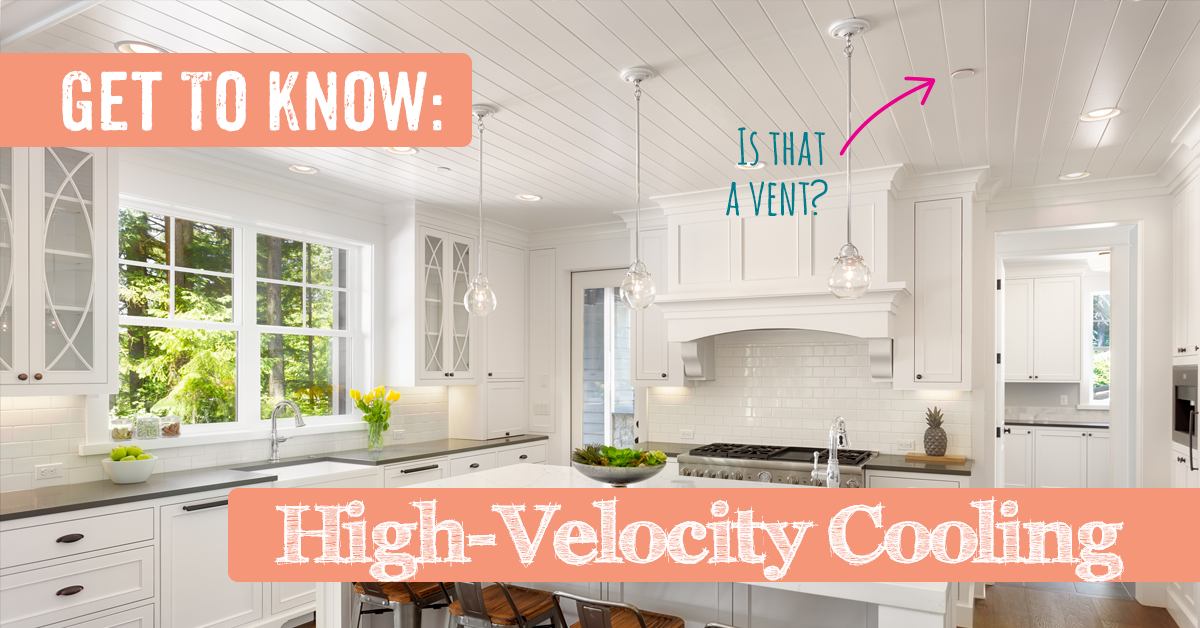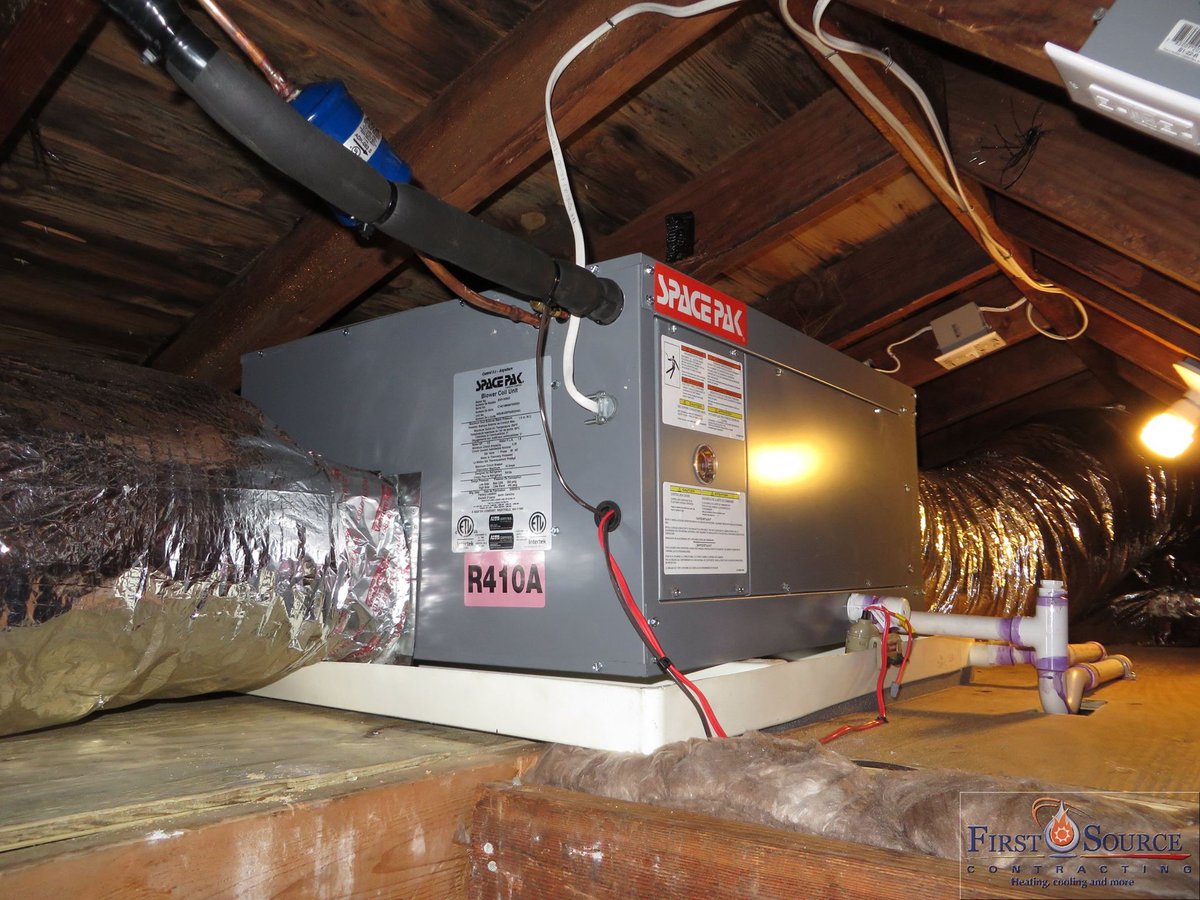In comes the high-velocity heating system. Not only are these systems great for traditional homes, but they’re also actually growing in popularity due to the benefits of their unique features. Let’s look a bit closer into these systems to see what makes them so different.
What Do They Do Differently?
High-velocity heaters are a type of heat pump, and there are more commonalities between them and heat pumps than there are differences. They have ducts, they have cooling and heating functions, and they are forced-air systems.
The main difference is that the ducts they use are much smaller. They come in the form of flexible tubes—perfect for snaking around tight corners and behind walls. And this is where their biggest strength lies:
Older homes simply don’t have the attic or crawlspaces available for a big, bulky duct system (and you certainly don’t want to rip the walls or ceilings apart in these homes just for a heater). High-velocity installations are able to work around these issues. Now, you could install a ductless heat pump system instead, but those can be pretty expensive upfront. The high-velocity system ends up being an effective compromise.
Is That the Only Difference?
Nope! The method they use for heating and cooling is different, too. And it happens to be more efficient.
High-velocity heat pumps blow air into your home at a much faster rate than standard forced-air systems; this creates air currents throughout your home. Air is distributed more evenly through these currents than with traditional AC and furnace systems. Faster, even heating means that your home will reach the ideal temperature quicker, which leads to less energy wasted.
Another great benefit is that their duct systems are much simpler. A simpler design means fewer leaks and easier repairs. In comparison, your typical duct leaks can drain nearly 30% of the air that flows through the ducts.
How Will It Look in My Home?
Much better! High-velocity duct systems disperse air through small, round holes that are strategically placed in the ceilings and corners of your rooms. They’re much less noticeable than the return vents that you see above the door frames in homes equipped with central AC and furnaces. Plus, the holes come with plastic hole guards. These rings come in various colors and styles so that they can match the aesthetic design of your home.
And, it might be surprising to hear this, but high-velocity air heat pumps actually blow air much more quietly than other kinds of forced-air heaters. The style of your traditional home does not have to be disturbed by the industrial “whooshing” noise that comes with most heaters.
Source: https://www.cleanairactheatingandac.com/blog/heat-pump-service/consider-a-high-velocity-heating-system-for-your-home/




